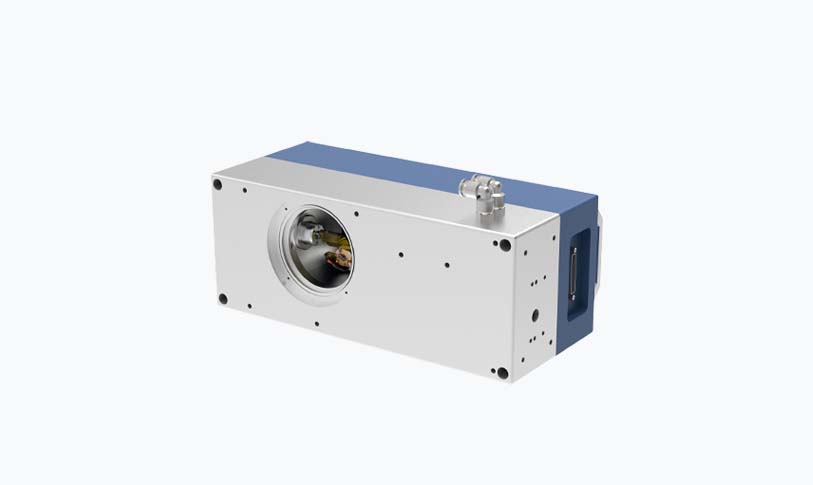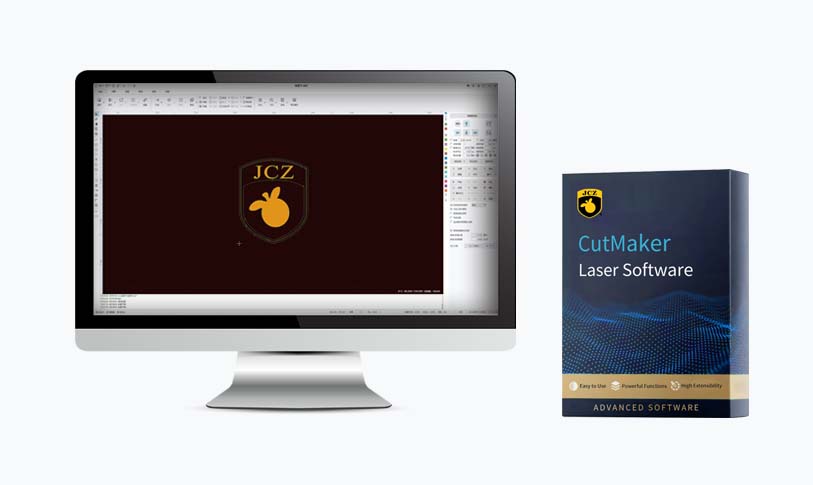[head scan]Understanding the Importance of Head Scans: Techniques, Uses, and Advancements in Medical Imaging
Head scans are a vital component of modern medical diagnostics, offering detailed insights into the structure and functionality of the brain. These imaging techniques provide invaluable information for healthcare professionals in diagnosing and treating various neurological conditions. This article delves into the different types of head scans, their applications, and the advancements that continue to shape the field of neuroimaging.
Types of Head Scans

Understanding the Importance of Head Scans: Techniques, Uses, and Advancements in Medical Imaging
1. **Computed Tomography (CT) Scans:** CT scans utilize X-ray technology to create cross-sectional images of the brain. This technique is particularly useful in emergency situations, such as detecting bleeding, tumors, or fractures within the skull. The speed of a CT scan makes it a first-line diagnostic tool in acute cases.

Understanding the Importance of Head Scans: Techniques, Uses, and Advancements in Medical Imaging
2. **Magnetic Resonance Imaging (MRI):** Unlike CT scans, MRI uses powerful magnets and radio waves to produce detailed images of the brain’s soft tissues without any exposure to ionizing radiation. MRIs are especially beneficial for viewing brain structures and identifying conditions such as multiple sclerosis, brain tumors, and other abnormalities.
3. **Positron Emission Tomography (PET) Scans:** PET scans are unique as they focus on metabolic activity within the brain rather than just imaging structures. This technique uses radioactive tracers that highlight areas of increased or decreased activity, assisting in the diagnosis of conditions like Alzheimer’s disease or certain types of cancer.
4. **Functional MRI (fMRI):** fMRI is a specialized MRI technique that measures brain activity by detecting changes in blood flow. This method is crucial in understanding how different parts of the brain function and is frequently used in research as well as pre-surgical evaluations to map brain areas involved in critical functions.
Applications of Head Scans
Head scans play a central role in various medical fields, including neurology, oncology, and psychiatry. The applications of these imaging techniques are extensive:

Understanding the Importance of Head Scans: Techniques, Uses, and Advancements in Medical Imaging
– **Diagnosis of Neurological Disorders:** Head scans are essential in diagnosing conditions such as strokes, epilepsy, Parkinson’s disease, and dementia. The ability to visualize changes in brain structure and function facilitates early detection and treatment, which can considerably improve patient outcomes.
– **Tumor Assessment:** For patients with brain tumors, head scans are critical for determining the size, location, and type of tumor. This information guides treatment decisions, including surgical options, radiation therapy, and chemotherapy.
– **Trauma Evaluation:** After traumatic brain injuries, head scans, particularly CT scans, are pivotal in assessing the extent of damage. Clinicians can identify hematomas, contusions, and fractures, helping to determine the most appropriate course of action.
– **Pre-Surgical Planning:** Neuroimaging aids in planning complex neurosurgical procedures. By providing a clear visualization of the brain’s anatomy and any existing abnormalities, surgeons can strategically approach surgical interventions.
Advancements in Head Scanning Technologies
The field of medical imaging has witnessed significant advancements over the years, improving the quality and utility of head scans. These innovations include:
– **High-Resolution Imaging:** Newer imaging technologies provide higher resolution images, allowing for more detailed assessments of the brain. High-field MRI machines, for example, can visualize finer structures and lesions that previous generations could not.
– **Artificial Intelligence (AI):** The incorporation of AI in interpreting head scans is revolutionizing diagnostics. AI algorithms can analyze imaging data to recognize patterns associated with various conditions, improving diagnostic accuracy and efficiency.
– **3D Imaging Techniques:** Advances in volumetric imaging now enable the creation of three-dimensional models of the brain, assisting in surgical planning and enhancing the understanding of complex neurological conditions.
– **Integration of Functional Imaging:** Combining structural imaging with functional data (as seen in fMRI and PET) allows clinicians to gain a more comprehensive understanding of brain function, leading to better-informed treatment decisions.
Conclusion
Head scans are an indispensable part of modern medicine, enhancing our ability to diagnose, monitor, and treat neurological conditions. The continuous advancements in imaging technology and techniques are improving our understanding of the brain, ultimately leading to better patient care. As research continues to evolve, head scans will remain at the forefront of medical diagnostics, providing critical information that shapes therapeutic strategies and enhances patient outcomes.handheld uv laser